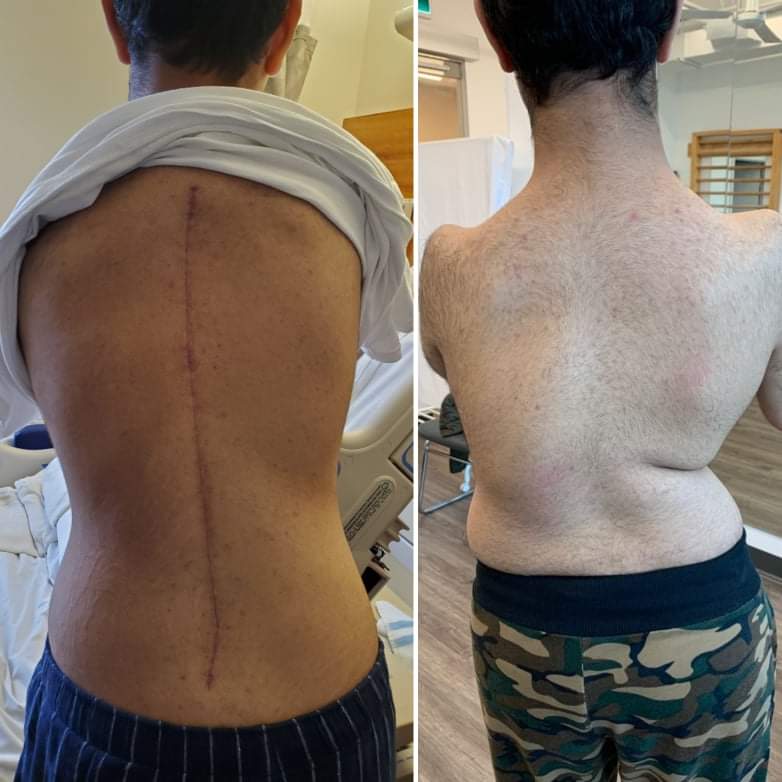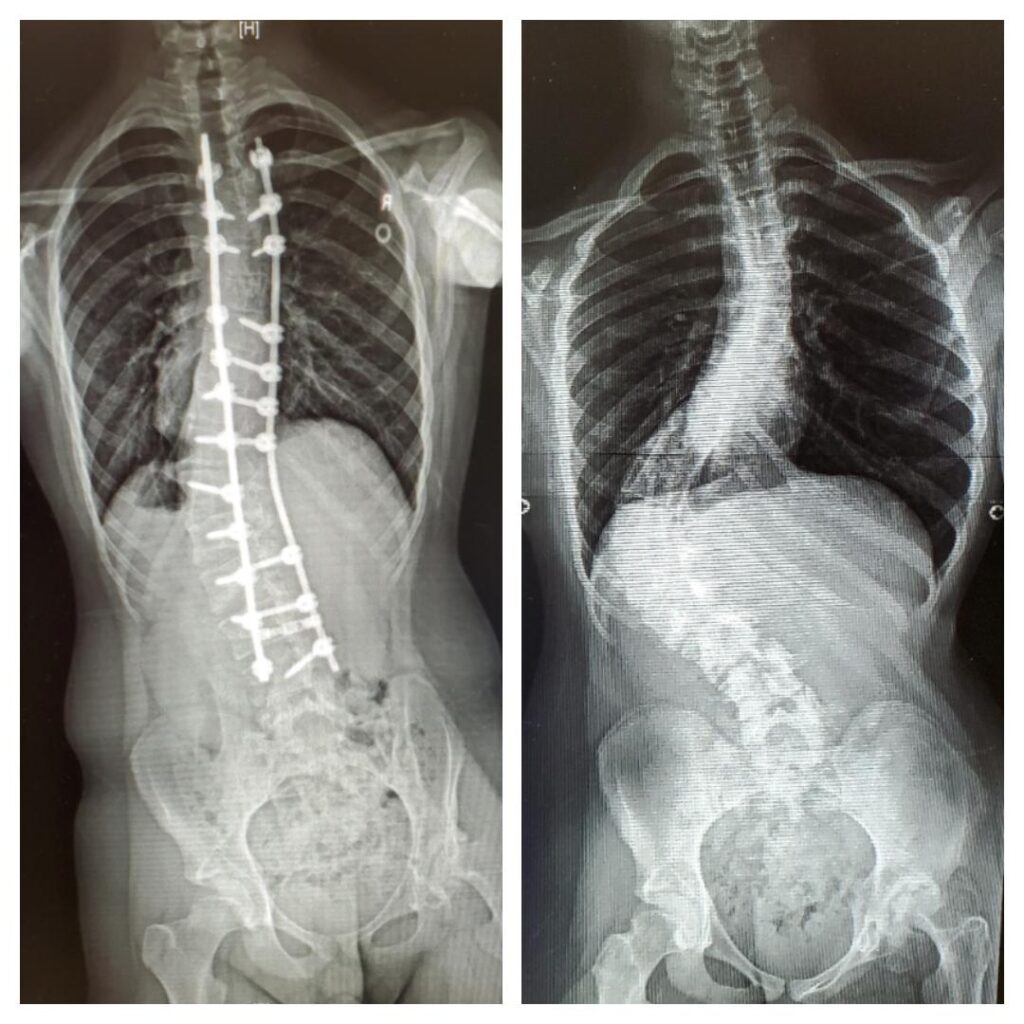This month is observed in June each year to increase awareness and understanding of scoliosis, a medical condition characterized by an abnormal sideways curvature of the spine, forming “S” or “C” shapes instead of a straight line. This condition can range from mild to severe and can occur at different stages of life, with idiopathic scoliosis being the most common form.
The severity can vary and affect different parts of the spine. Idiopathic Scoliosis, which has an unknown cause, impacts about 3% of children and is usually noticed between ages 4-17. It can be associated with other conditions like muscular dystrophy or cerebral palsy. Signs of scoliosis include uneven shoulders or waist, a prominent shoulder blade, or uneven alignment of the hips. X-rays measure the curve and rotation of the spine, aiding in diagnosis and treatment planning.
Various interventions are available to manage scoliosis, prevent the curvature from worsening, or alleviate associated pain. Customized braces can help halt the progression of the curve and reduce pain. Targeted physical exercises like the Schroth method provide significant support and relief. In cases where non-surgical methods are ineffective or if the curvature is severe, surgery may be considered.
Scoliosis Awareness Month plays a crucial role in improving the lives of individuals affected by scoliosis by increasing awareness, providing support, advocating for improved care, and fostering a sense of community. It aims to promote early detection, early treatments, and overall well-being for those living with this condition.
Read Fadia and her son’s story:
Our journey with my son’s scoliosis has been a challenging and emotional experience, filled with highs and lows that have tested his resilience and determination. It all began with a slight curve in his spine that seemed inconsequential at the time. The doctors couldn’t pinpoint a specific cause, but I have always believed that his leg length discrepancy played a crucial role in its development. As his leg discrepancy increased, so did the severity of his spinal curve.
I first noticed the curvature when it was just a few degrees, something that didn’t initially alarm me. However, as years passed, the situation worsened dramatically. It wasn’t until his hip femur head began to degenerate rapidly in the shorter leg that the gravity of his condition became painfully clear. The doctors measured his spinal curve at 40 degrees, a startling revelation that made us realize how serious things had become. Given that my son doesn’t have arms, traditional mobility aids like crutches were not an option. Instead, he was provided with an electronic wheelchair to help him navigate school and other places where he needed to cover longer distances. This contributed to making his trunk muscles weaker and his spine bending more. Despite the severity of his condition, the doctors noted that his spine was still quite flexible and told us that we could wait some more before surgery. A brace was not suggested because the curve had already progressed beyond the point where it could have been effective in halting further bending.
He was placed on a waitlist for spinal fusion surgery, a wait that stretched painfully to 1.5 years. During this time, his condition deteriorated, the curves increased, and so did his pain, which by this time was constant and only relieved by lying down. By the time he finally underwent surgery, his spinal curve had increased to a staggering 87 degrees. The surgery was extensive, lasting 11.5 hours, and involved fusing his spine from T4 to L4. It was a major operation that required significant blood loss management and post-operative care, including iron supplements to aid his recovery.
Following the surgery, my son was transferred to Holland Bloorview for a month-long rehabilitation program. The team there, along with the invaluable support from Grandview’s occupational and physical therapists, became our lifeline. They meticulously assessed his daily living needs and made numerous accommodations at home, at school, and in his wheelchair to ensure he could navigate his world more comfortably. With a straighter spine, my son gained 2.5 inches in height. This positive change brings a smile to his face every day.


Today, the constant pain that once plagued my son is a thing of the past. Although his spinal flexibility has been greatly reduced, the quality of his life has improved immensely. He is a much happier boy now, freed from the constant pain that once dominated his days. Thanks to the marvels of modern medicine, his scoliosis has been significantly reduced, and our family is incredibly grateful for the life-changing impact of this surgery. Our journey has been arduous, but seeing my son smile again makes every moment of struggle worthwhile.
This Scoliosis Awareness Month, I hope our story can offer hope and encouragement to other families facing similar challenges.
Check out more Grandview Kids articles
- Team Grandview achieves Accreditation with Exemplary Standing, receiving a perfect score
- “Grandview Kids became my life raft” – International Day for People with Disabilities
- December: Dates of Significance
- From the search for support to finding a village: Celebrating Giving Tuesday
- Scarlett sparkles with hope in every step: Grandview Kids 2025 Holiday Campaign
